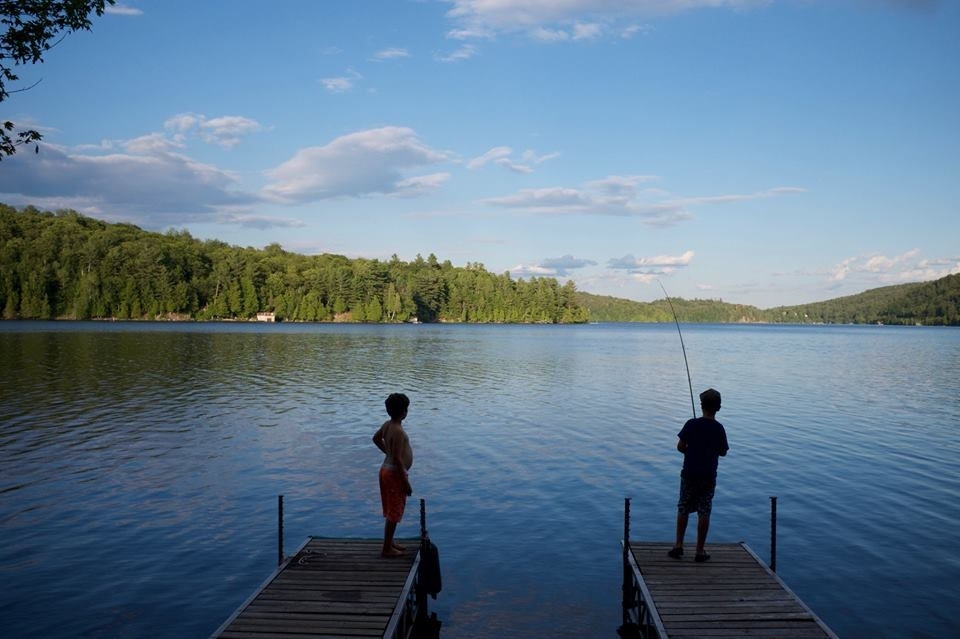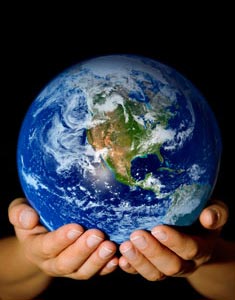
My writings - and those of others.
Better but faster
I enjoy Fareed Zacharia both in his writing and online hosting - and frequently listen to “Here’s My Take” in his Global Public Square broadcast. Here are some of the highlights of that today re COP26. There is some good news amid all the doom and gloom that too many journalistic reports convey.
100 nations have agreed to reduce methane fuels.by 30% by the year 2030. These emissions have been avoided up to now and they are major polluters.
By that same year, the same 100 will end deforestation and will provide funds to back that up
130 trillion will back up investments to reach net zero emissions of 1.5C by 2050.
The costs of solar and wind power are going down - 89% for solar and 70% for wind. Lithium- iron battery prices are down by 97%.
But we have to do more and speed up our emission reductions. Every aspect of the way we live is affected - the cars we drive, the food we eat, One cow emits 250 pounds of methane a year. We can’t be too scared to act - but we better not be in denial either. Zacharia quotes author John Doerr who makes these points for us as individuals to urge our individual governments to work on:
Decarbonize the electric grid.
Protect nature.
Work with other governments across the world to come up with policies that work - a good example is working together to produce and initiate the use of solar panels.
Follow good examples - like the State of California and Hawaii. Both set goals that were transparent and were open about results.
Most of us want a better world. We need to pay attention and participate as citizens who care and work with our politicians to take action.
Roles
Though all the news is focused on COP26 today, I’m going to back up to an article in the Globe and Mail this past Saturday which has some important implications for all who write and read. Viviane Fairbank, in her essay, An Inconvenient Truth, argues that we have to review what science is and does and how those who write and read about it need to respond.
She starts by looking at the relationship of weather events and climate models, Most of us are aware of weather - especially when it affects us directly. I live in an old apartment building which is too hot indoors and have to check the temperature outside before I leave it because there can be large differences. We also are aware of disasters like heat and fire in Lytton BC, referenced yesterday by the Canadian Prime Minister at the climate conference. Our common understanding of climate is regional or seasonal. The author makes the case that the understanding of scientists and their models is a different one, spurred on exponentially now with the advantages provided by super computers. When they try to connect the two, weather events and climate change - they speculate about event attribution - how changes in climate might have an effect on specific events. They look at long term patterns of 30 years or more and combine findings from land, sea and ice and even more.
Journalists like event attribution because they think it will influence our behaviour. The scientists are less willing to go there quickly, even though they know it can have a positive effect. Not all scientists agree about the models and this is where trouble can start and it relates to the readers’ understanding of science - usually gained from our high school study experience. It showed up as well during COVID19 when changing reports suggested to some that the news must be fake. Any uncertainty around climate change being caused by humans gives opportunities to discredit findings and allows those benefiting from fossil fuels to sow distrust of all science.
Fairbank takes us back to high school. but before that she deals with the question of whether science is seen as objective - an argument we frequently hear. Science itself is in the midst of a battle about that. There is also a danger that we simply accept the science that lines up with our current beliefs. We underestimate the power of tweets. Her estimate is that 25% of the ones denying climate change are produced by bots - software programs that perform automated, repetitive, pre-defined tasks. There are far more transmittals of skepticism that statements by professional scientists. Scientists become conservative in estimates to avoid being harassed with endless questions from journalists. That creates doubt.
Back to high school. We were told that scientists start with a hypothesis and then test it with experiments. If the results were consistent, the hypothesis was confirmed and became fact. Nevertheless scientists work in an explorative fashion. Research often does not produce conclusive results. That doesn’t prove it wrong so much as it reveals the complexity and need for continuous learning. The models have to be as good as possible. What makes the difference is time. If a model is consistent with what happens over a number of decades, it is safe to assume that there is a degree of accuracy. As time goes on there are also many more factors coming into play. Scientists take time to do their work and don’t make public statements lightly. That’s when the deniers pounce.
Fairbank quotes French philosopher of science Bruno Latour on scientific truth - “not by some world shaking fool-proof demonstration, but by the weaving together of thousands of tiny facts, reworked through modeling into a tissue of proofs that draw their robustness from the multiplicity of data, each piece of which remains obviously fragile”. Scientists are not value free. but their choices inform what they study and care about.
Both pandemics and climate change provoke strong reactions. The risks of a pandemic produced very different responses of acceptance and denial - but we learned pretty quickly what the consequences were. Five million deaths worldwide is both shocking and informative and the feedback has come pretty quickly. The risks of climate change are immense but longer term. Thomas Berry understood them well as early as 1978 when he commented, “The destiny of humans cannot be separated from the destiny of Earth.”
Preparatory Reading
With the Climate Change conference coming soon, I need to spend more time reading than writing. There are an attractive set of options pictured above recommended by Yale Climate Connections. You can read the reviews here.
And The Guardian has some useful definitions in a world of COP26 and you can find them here.
Inspiration
Here are poems for a rainy day:
WHEN I AM AMONG THE TREES
by Mary OliverWhen I am among the trees,
especially the willows and the honey locust,
equally the beech, the oaks and the pines,
they give off such hints of gladness.
I would almost say that they save me, and daily.
I am so distant from the hope of myself,
in which I have goodness, and discernment,
and never hurry through the world
but walk slowly, and bow often.
Around me the trees stir in their leaves
and call out, “Stay awhile.”
The light flows from their branches.
And they call again, “It’s simple,” they say,
“and you too have come
into the world to do this, to go easy, to be filled
with light, and to shine.”KINSHIP
by Ursula K. Le GuinVery slowly burning, the big forest tree
stands in the slight hollow of the snow
melted around it by the mild, long
heat of its being and its will to be
root, trunk, branch, leaf, and know
earth dark, sun light, wind touch, bird song.Rootless and restless and warmblooded, we
blaze in the flare that blinds us to that slow,
tall, fraternal fire of life as strong
now as in the seedling two centuries ago.
Bring a rock
I’ve been taking a course called “Understanding the new Cosmology - and one of the recent lessons suggested in advance, “Bring a Rock”. It’s a little harder for someone in a large city to find one - until one starts looking and find them decorating borders of flowerbeds everywhere.
Rocks for some appear to be pets - less walking and feeding perhaps. Kids love painting them. They are actually good to have around a reminder of how old the universe really is. Cosmologist Brian Swimme reminded us that once upon a time they were probably aflame before settling down to becoming mountains that gradually wore down to the size we can pick up. They are a solid mass of minerals that can be categorized and also have chemical components. We’ve been using them for about two and a half million years for building and mining.
They make good indoor company by being just there - and how young we are in comparison. We know more about planet earth from the study of geology than many cultures that preceded us.






